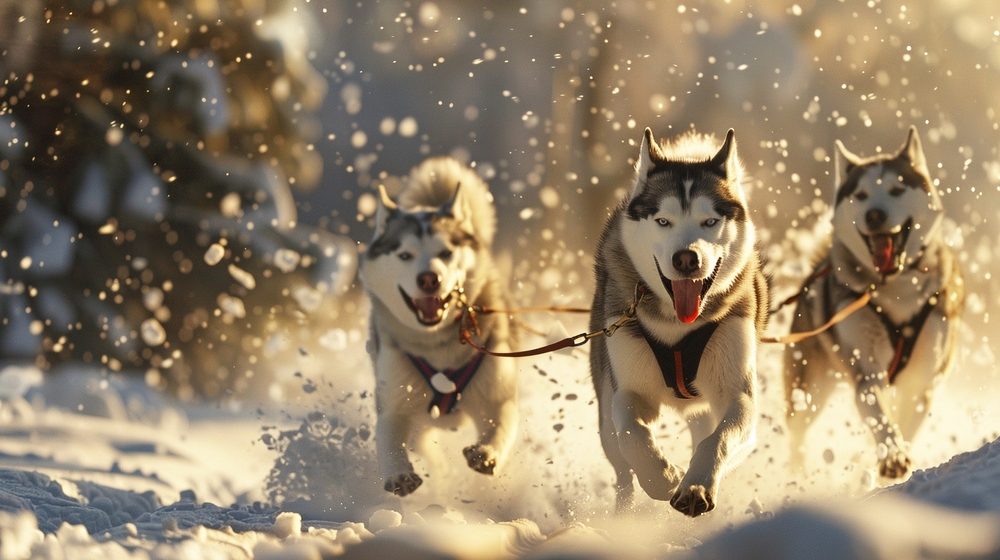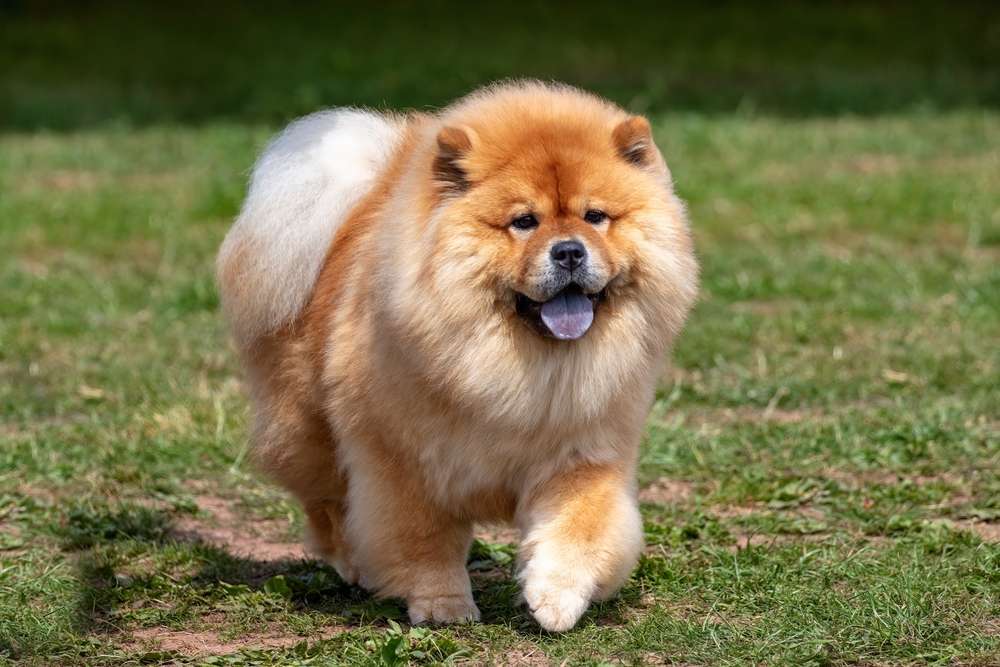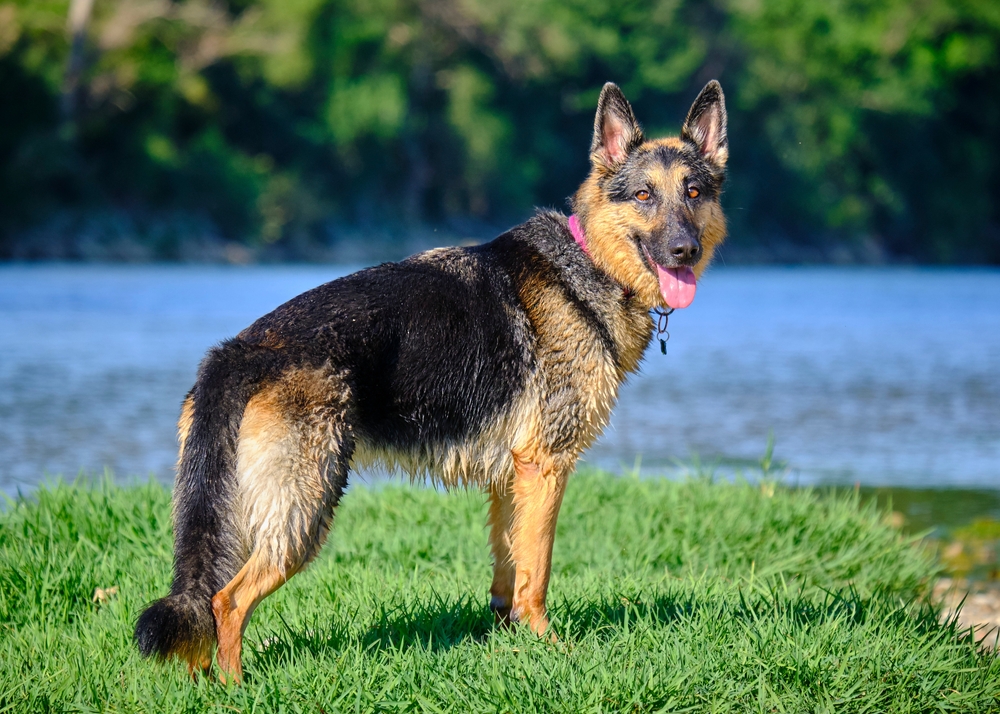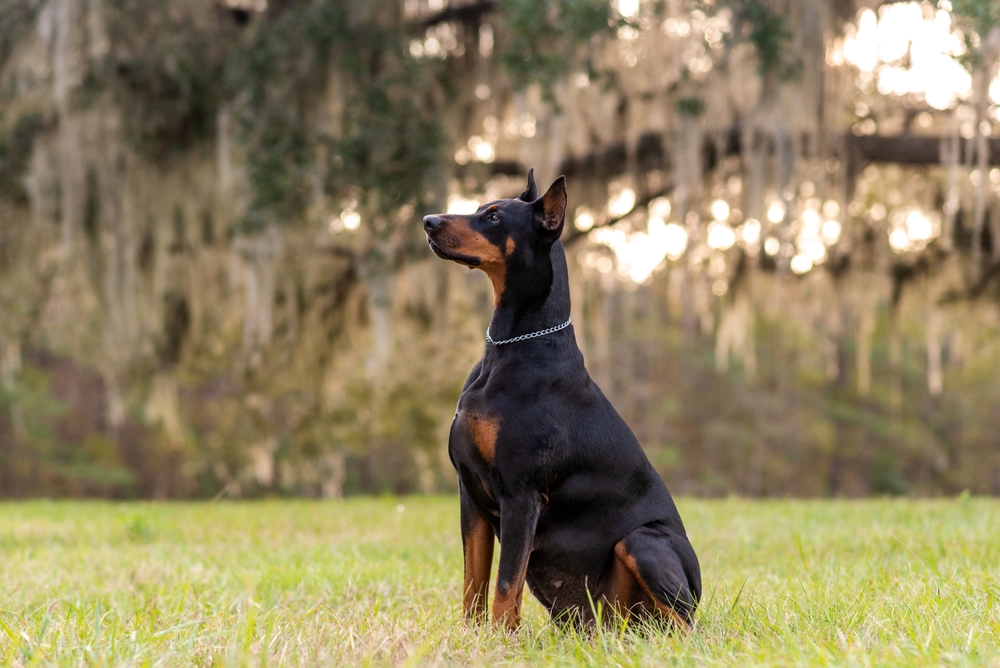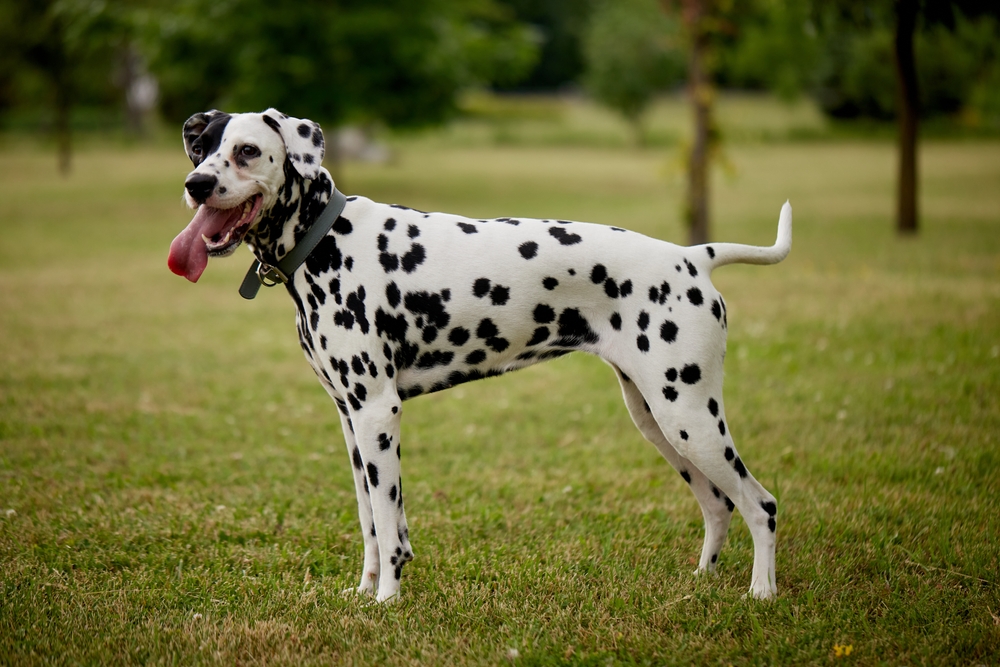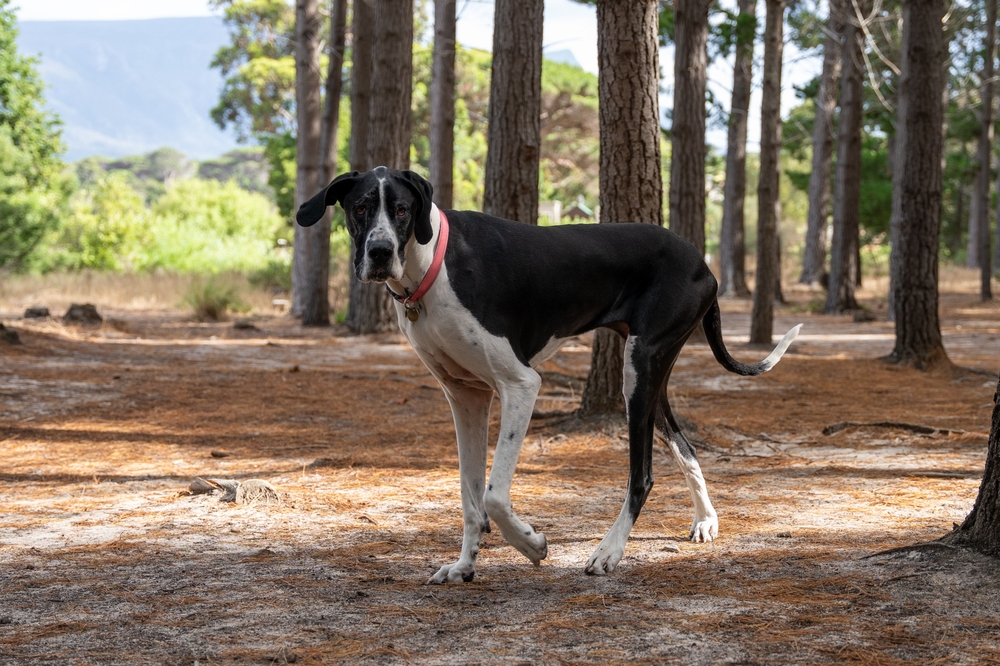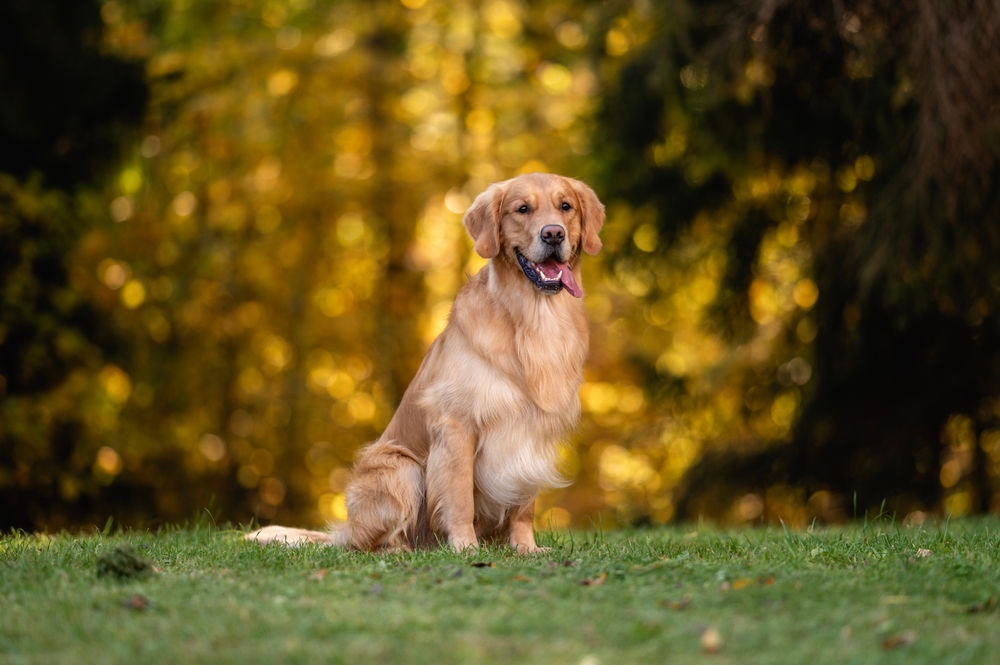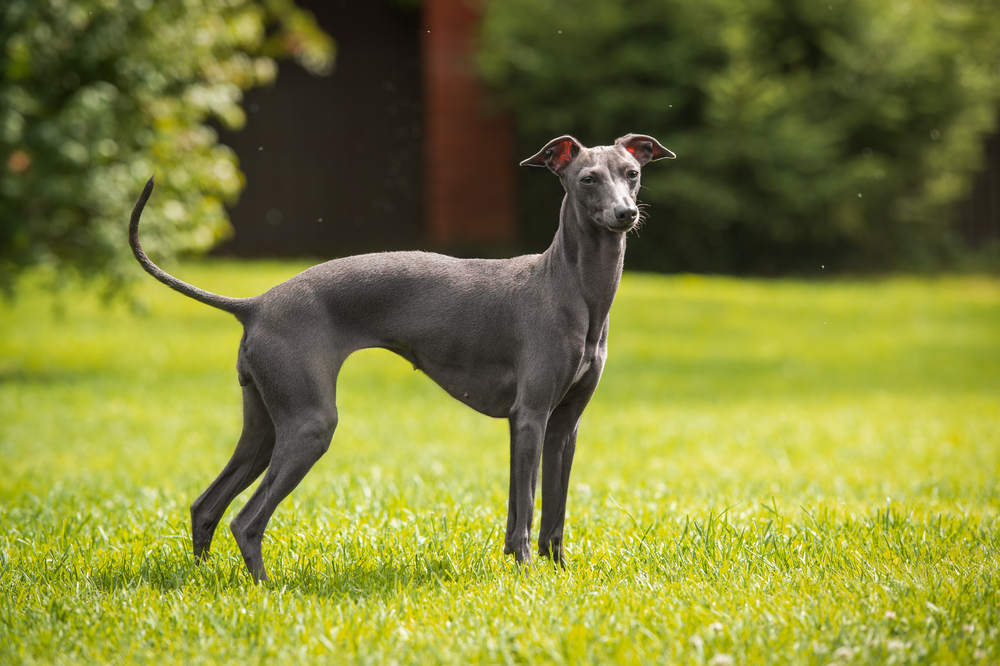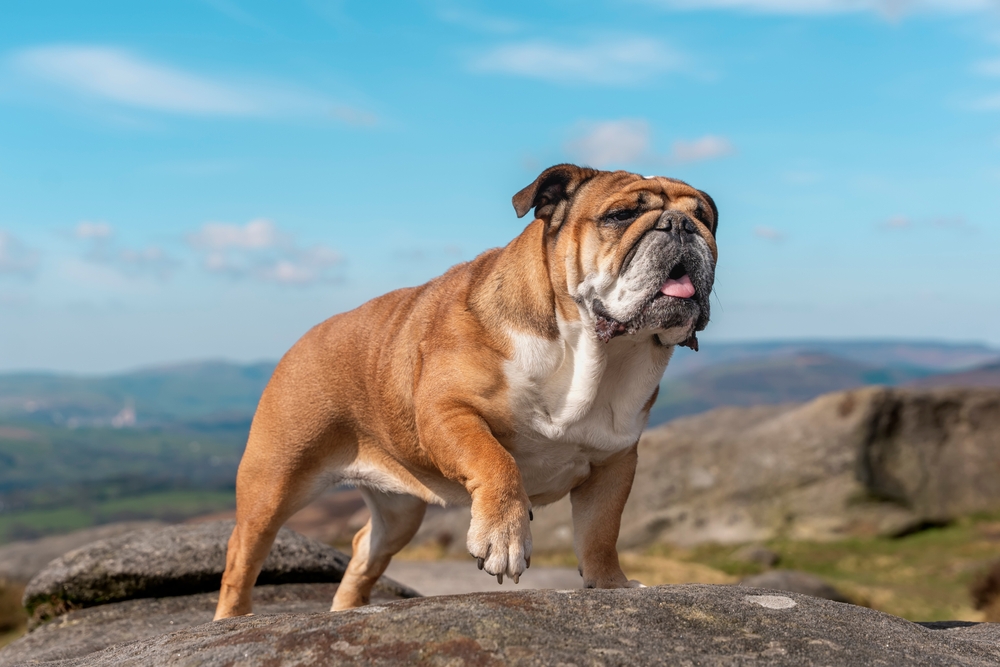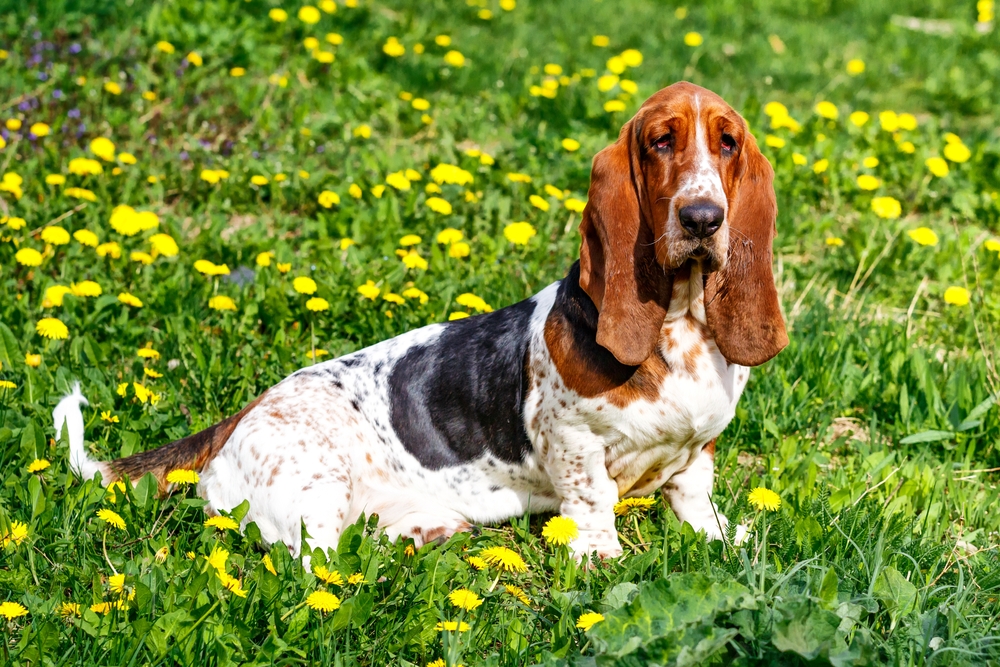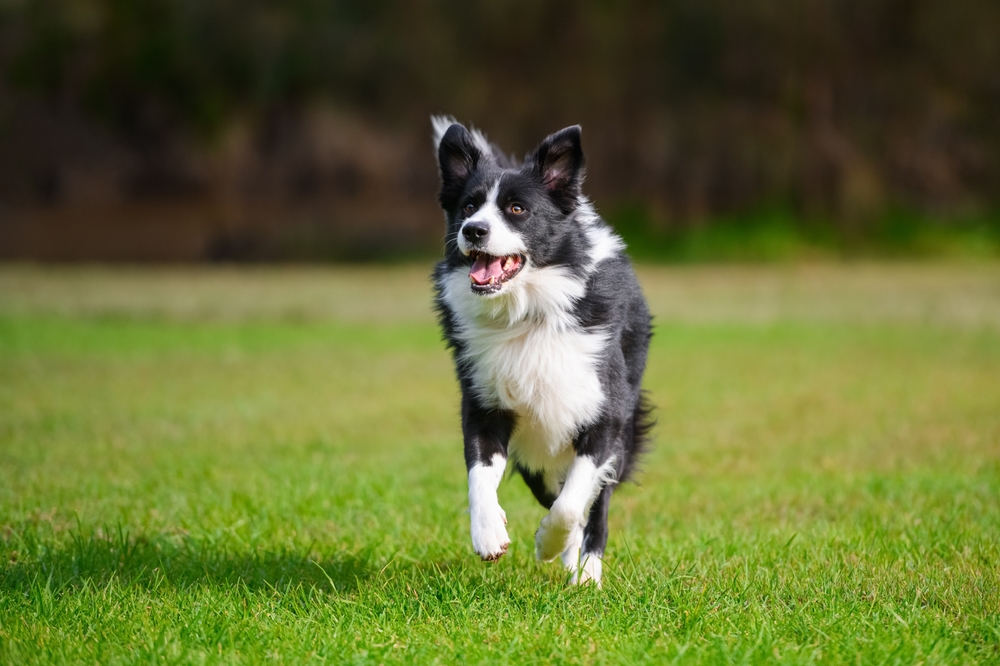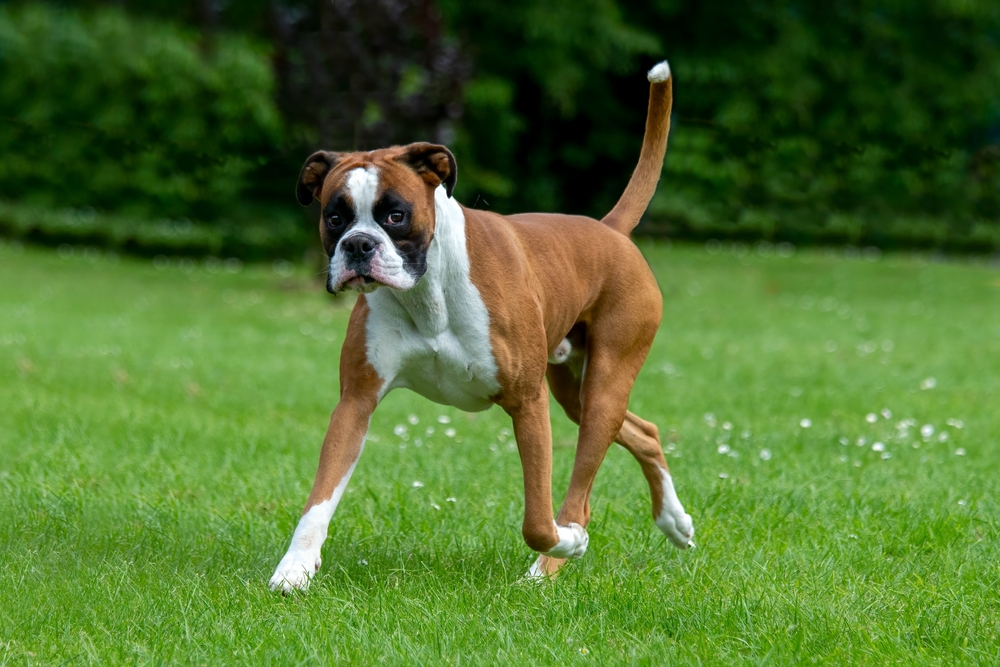Uniqueness
The Siberian Husky is a striking and resilient working breed with qualities that make it stand out among all other dogs:
Arctic Origins:
Bred by the Chukchi people of Siberia, Huskies were designed to pull sleds over vast, frozen distances, combining speed, endurance, and efficiency in extreme conditions.
Endurance Athletes:
Unlike sprinting breeds, Siberian Huskies can travel up to 100 miles (160 km) a day at moderate speeds, making them one of the most energy-efficient dog breeds in the world.
Distinctive Appearance:
Their wolf-like features, erect triangular ears, almond-shaped eyes (which may be blue, brown, amber, or heterochromatic), and symmetrical facial markings make them instantly recognizable.
Unique Coat Structure:
A dense double coat insulates them in extreme cold yet also reflects heat in summer, allowing them to adapt to a wide range of climates.
Remarkable Eating Efficiency:
Unlike most breeds, Huskies can regulate their metabolism to conserve energy and require relatively less food for their size when working, a survival trait from their sled dog heritage.
Vocal Communication:
Rather than frequent barking, Huskies are known for howling, “talking,” and making a variety of expressive sounds to communicate with humans and other dogs.
Escape Artists:
Highly intelligent and independent, Huskies are skilled at escaping enclosures by jumping, digging, or finding clever ways to open gates.
Cultural and Historical Significance:
Huskies played a crucial role in the 1925 serum run to Nome, Alaska, with dogs like Balto and Togo becoming legends for their life-saving sled journeys.
The Siberian Husky’s combination of endurance, beauty, adaptability, and strong working heritage makes it one of the most captivating and respected breeds worldwide.



































































